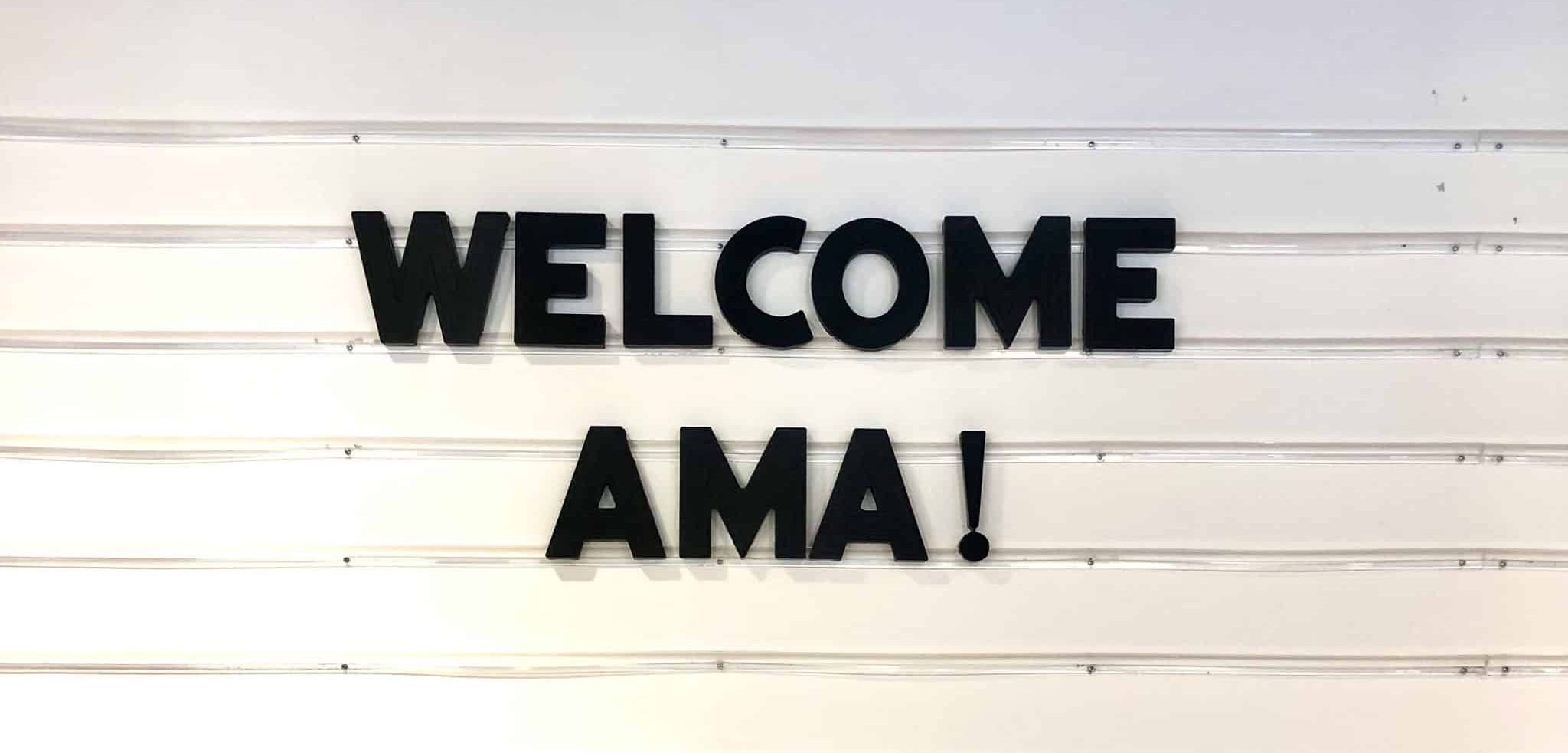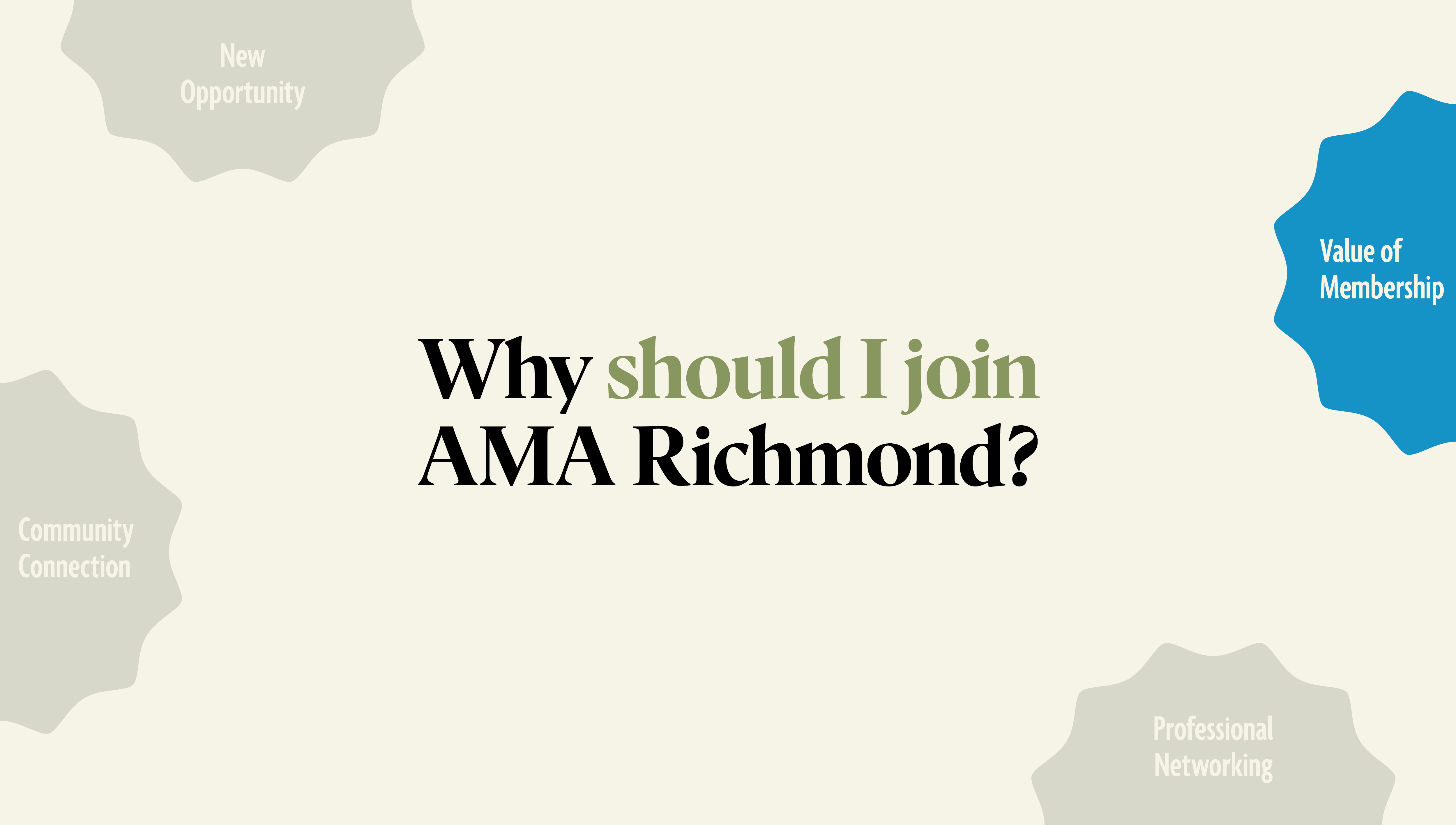There are some who argue that idea generation among consumers is a frustrating task. After all, who knows a particular product category more than the manufacturer, its advertising agency, and other groups committed to the survival of the product (and the product line)? And it doesn’t help that facilitators of all kinds are guilty of asking consumers to be experts where they are not and to assume greater role playing in marketing decisions than is justified. Asking consumers to step outside of their worlds – to pretend to be someone (something) else – may seem foolhardy.
Consumer ideation, however, can be a useful approach, particularly when it is constructed with two key ingredients: 1) people who are product-involved; and 2) individuals who can provide fresh, new insights. Finding consumers who are product-involved is not difficult, but not all consumers are “creative” thinkers who can produce new perspectives or have the ability to look at something inside out and make sense of it, or take the familiar and make it strange. This takes a very special recruiting effort, which is one of the many differences between idea generation and focus group research.
Idea generation sessions or workshops are not focus group research discussions. Here are a few key ways in which consumer ideation – defined as a balance between loosely-structured brainstorming and the more structured, solution-oriented Synectic method – is differentiated from traditional focus group research:
- Research objectives. Focus groups are attempting to understand underlying beliefs and motivations for consumer behavior, compared to consumer ideation where the goal is to make the familiar strange and generate as many ideas or solutions as possible without asking consumers to justify or defend.
- Preliminary groundwork. Focus groups are often conducted to explore product-related questions that are being asked for the first time without necessarily the support of prior knowledge. In contrast, ideation sessions are more productive if they are conducted only after preliminary research has indicated real opportunities.
- Sampling & Recruitment. Focus group research design should strive to include an honest representation of the target audience. This means a fair distribution of demographics, geography, product-usage level, and other considerations. The primary interest in idea generation recruitment is often (but not always) to find consumers who have shown (via their attitudes and behavior) a particularly high level of involvement in the product and/or category, and proven their ability to think “creatively” by way of responses to carefully-crafted screening questions.
- Session length. Focus group discussions are, typically, 90-120 minutes in length, compared to ideation sessions which can run half a day or longer.
- Facilitation. A focus group moderator is generally intent on controlling the content of the discussion in order to successfully cover all topics on a predetermined discussion outline. The role of the facilitator in an ideation session, however, is to control the process – by keeping participants fresh, keeping a productive flow of ideas – not the content. In idea generation, the content can not be predetermined, the content belongs to the participants.
- Psychological environment. All facilitators attempt to create a “safe” environment for their participants. The leader of an idea generation session places a particularly heavy emphasis on this aspect by loosing the structure, the usual social or cultural norms, and by having participants build on others’ comments while making participants feel safe from “attack.”




